Arthrosis and arthritis are a disease in which joint damage occurs. That is why, and also due to the consonant of the name, many people do not understand the difference between arthrosis and arthritis, and consider it a similar thing. Meanwhile, arthrosis and arthritis are far from the same.
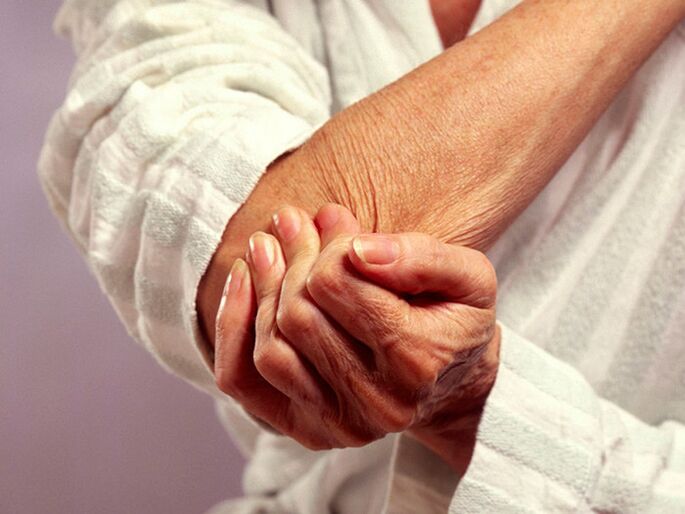
Arthrosis is a joint deformation related to persistent age; Arthrosis most often develops in old age (from 45 years and above). Arthritis, on the other hand, begins at a young age (up to 40 years). Although in both cases there are exceptions: sometimes arthritis occurs in someone 60-70 years old (this usually occurs after flu, flu, hypothermia, stress); Or arthrosis begins in someone who is not yet 40 (after severe injury, bone fracture or professional athlete). Arthrosis is a disease where only the joints suffer. The rest of the body with arthrosis, briefly, is not involved in the process.
Arthritis, on the other hand, is a disease of inflammation of the whole organism; And inflammation of the joints with arthritis is just "tip of the iceberg", where some of the other processes occur in the hidden body. Inflammation of the joints with arthritis can indicate swelling, redness and severe pain, and sometimes stronger at night. Usually they hit the internal organs - most often in the liver, liver and kidneys. And sometimes, if proper treatment is not performed, complications of some arthritis can pose a serious threat to the patient's life. Fortunately, arthritis was found several times less than arthrosis.
The cause of joint pain
Joint and spinal joint disease can also be divided into two large groups: dystrophic process and inflammation. The causes of these conditions are different, therefore, in the treatment of such a process there are huge differences. It may be clear that the success of the treatment largely depends on the proper diagnosis and examination. As a rule, X -Rays and blood laboratory tests are taken, and, if necessary, more detailed studies - joint MRI.
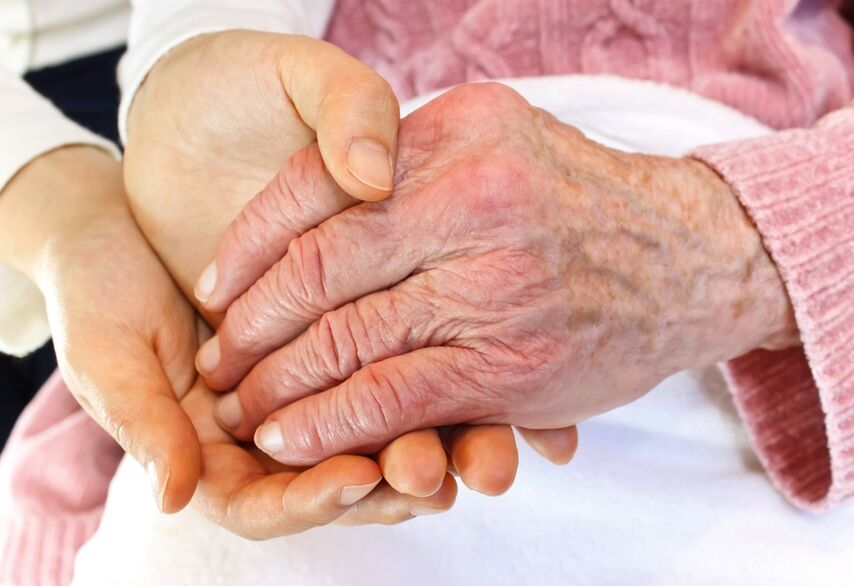
Integration
The names of the disease, as a rule, have an end -arthritis, spondylitis, polyarthritis, and others. The group also includes Bekhterev's disease. It is indicated by inflammation of the joints of the joints, legs and spine. Character symptoms are pain, morning stiffness, red skin and heat in swelling, mobility limitations in one or more joints, spine, joint deformation over time and the development of the disease. Inflammatory illness can come from the following:
- Autoimmune or allergic immunity in connection with joint tissue;
- Violation of metabolism - as a rule, accompanied by the formation of crystal salts in joints and periartic tissues, leading to their inflammation;
- Infectious - bacteria, or inflammation of the virus one or more joints.
Arthrosis
Arthrosis is a joint condition that occurs with natural courses. The main symptoms are pain and movement limitations. Extensive arthrosis - arthrosis of pain from 10 to 15% of all inhabitants of the earth. The main arthrosis is a disease that is naturally caused by age -related changes in the cartilage. Arthrosis can develop earlier or longer in life due to hereditary tendencies, metabolic disorders, increased burden on joints associated with excess working conditions or weight. The new age of arthrosis is younger and the disease has grown at 30-40 years. At the same time, women experience 2. 5 times more often than men. In most cases, 30% of people have a change in joints by 50 years, and at the age of 60, certain manifestations of arthrosis appear in almost everyone and differences in the field are absent.
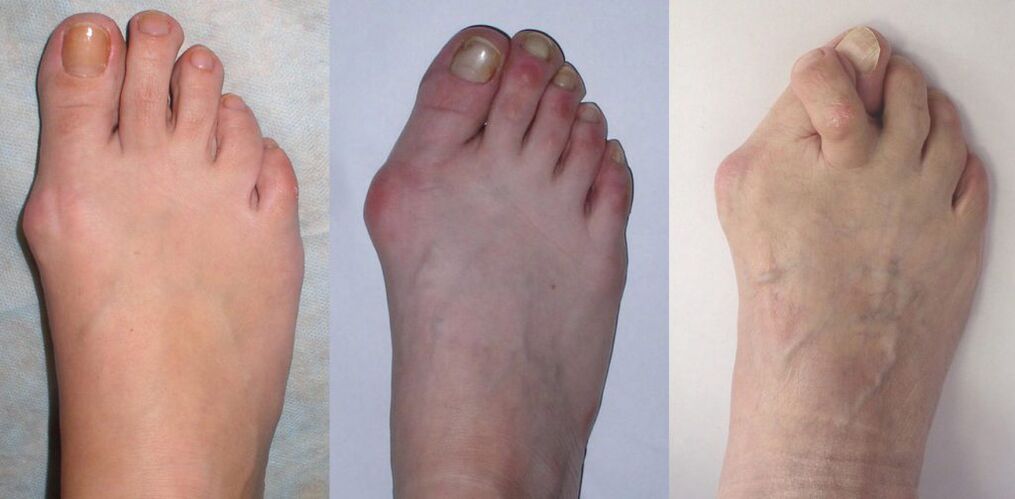
Secondary arthrosis-is the result of the trauma being experienced. It can grow at any age. Usually, the surface of the joints is true, is true, smooth and elastic. They move freely, sliding thanks to the liquid together that plays the role of lubrication. At the same time, the surface of the joints, due to its elasticity, bends slightly in places of the highest pressure, redistributing the load, making it more uniform, and functioning, like shock absorber. With arthrosis, the cartilage covers the surface of the joint change. With arthrosis in some places, the cartilage becomes thinner and low, in others -it grows and changes, losing the normal structure. Small cartilage fragments appear in the articular fluid, and the articular fluid itself changes as and quantity.
Initially, due to the decrease in the amount of joint fluid, the normal operation of the joints was disrupted and the pain appeared during movement. As a rule, they arise after intensive physical work, pass yourself, if you give a break together, but back, you just have to continue the burden. At the same time, or a little later, the joints begin to hurt at night. The soft tissues around the joints are inflamed, they are "swollen", and excess fluid may appear in the joints. Efuri. The result of a slow inflammatory response. It is caused by self -renovation of tissue. Now the fabric is not original. And it would be nice if the immune system didn't start to "attack" such a fabric.
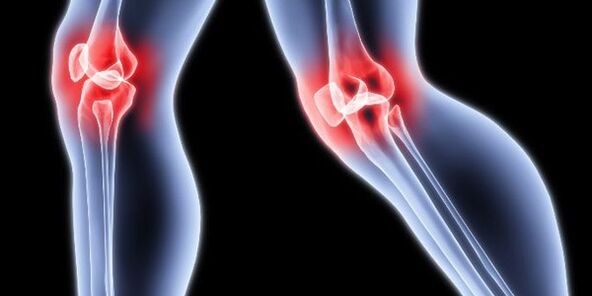
Symptom
The main symptoms of arthrosis: severe pain in the joints during movement, joint deformation, decreased mobility. In the case of abandonment of arthrosis, joint immobility occurs. Symptoms of arthrosis have completely different, but most distinctive pain in the joints. Often, it occurs in cases where there is any load or mechanical damage to the affected area. In general, four large groups of symptoms can be distinguished, which directly characterizes diseases such as arthrosis:
- Ill;
- Crunch;
- Decrease in mobility;
- Deformation.
Decreased in mobility is shown at a later stage of disease development. This is due to the fact that the muscles are gradually spasmodic, and the gap in the joints is gone. Joint deformation is directly related to the fact that osteophytes are formed on the surface. Often, these symptoms occur in the long absence of any adequate treatment. Arthrosis of symptoms and treatment of joints can have different ones. This is influenced by many different factors. Before starting therapy, it is very important to perform a comprehensive diagnosis of the disease.
Arthrosis and osteoarthrosis
This consonant disease is the same in combination of letters, symptoms. Doctors are divided: Some think that arthrosis and osteoarthrosis are different names from one disease, the other - the difference is not just in the name. Osteoarthrosis is a progressive arthrosis, which arises from wearing cartilage tissue. It occurs in men, women, as a rule, for more than forty years. What is the difference between arthrosis and osteoarthritis? The similarities are clear, both diseases affect the cartilage, lead to pain, and move a person's movement. There are similarities in the treatment of diseases. Having problems with joints, patients with excess weight, diet for weight loss, strengthening cartilage tissue is shown to reduce the burden, and prevent complications of the disease. Doctors advise eating low calorie content, there are more vegetables, fruits, as they contain antioxidants that help reduce inflammation in the body's cartilage.
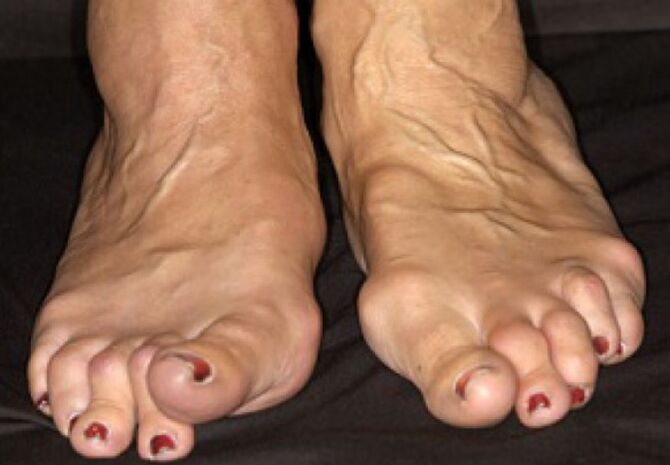
It is advisable to add fat types to the diet due to omega-3 content. It is useful to use olive oil, it has an anti -inflammatory effect, using more vitamin C to restore connective tissue faster. In both cases, therapeutic training is shown, strict physiotherapy according to the attending physician's testimony. It is necessary to reduce physical activity during acute inflammation, wearing orthopedic suppliers for removal, proper load distribution.
Arthritis
Arthritis - literally means "joint inflammation", pathology that affects connective tissue causes pain, swelling, degeneration, defects. Both men and women, children and adults. About 350 million people around the world have arthritis. Causes of arthritis depend on a variety of factors, such as lesions (which lead to arthrosis), metabolic disorders (such as gout), heredity, the effects of bacterial and viral infections, immune dysfunction (for example, rheumatoid arthritis and lupus system). Often, arthritis is classified as one of the rheumatic diseases. Causes of arthritis can be traumatic, metabolic, contagious, autoimmune and idiopathic. The emergence of various existing arthritis depends on the origin of the cause.
Signs -Things of arthritis, symptoms
Symptoms of arthritis are pain not only moving, but also at rest, swelling, swelling, morning stiffness in the joints, skin on the joints can heat up to the touch. The movement is painful, but do not stop, limited to soft tissue edema. Symptoms depend on the course of the disease and the duration. Sharp and chronic conditions. The occurrence of stage and type - acute arthritis of the joints, can occur suddenly, severe pain and increased body temperature, redness of inflammation, major symptoms of condition. The chronic course of the disease is slow and develops gradually. The danger is that the disease can go into a chronic form. Symptoms are varied, they are the same, as they tend to affect joints, muscles, ligaments, cartilage and tendons, and many of them can affect other areas of the body.
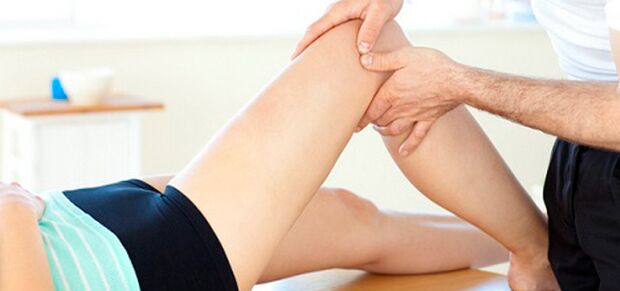
Symptoms:
- The rigidity of the joints is observed when the joints and muscles are more rigid in the morning, so that it is not possible to walk or get out of bed. For those with rheumatoid arthritis, it may take several hours before he can move smoothly. Mobility Limitations.
- Edema.
- Redness in the field of defeat.
- Muscle weakness.
- Many forms of arthritis can cause symptoms that affect various organs: fever, lymph nodes, weight loss, fatigue, general fatigue.
A type of disease
Osteoarthritis, is the most common type of arthritis. It is characterized by a state of inflammation. It occurs due to the gradual deterioration of the cartilage that covers the articular surface. Different osteoarthritis risk factors; Among the most important: Advanced age related to female sex, injury and obesity. Osteoarthritis can affect any joints, but it has a tendency for arms, knees, hips and spinal joints. In addition to pain, joint stiffness, swelling, decreased ability to move, this is due to the formation of osteophytes (or bone bone). In the future, osteoarthritis makes the use of joints very difficult.
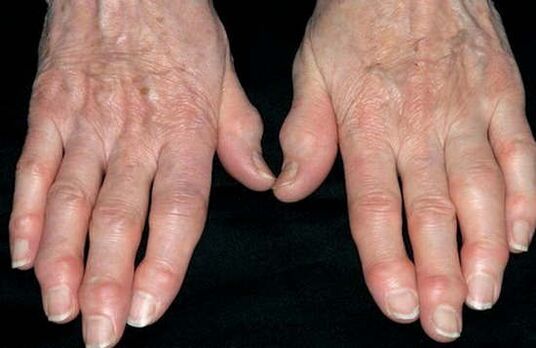
Unfortunately, there is no treatment of this type of arthritis, there is only a symptom treatment method, that is, aimed at reducing existing symptoms. For therapeutic purposes and preventive purposes, doctors recommend that they active and practice continuous therapeutic physical training. Rheumatoid arthritis is an autoimmune disease, or a disorder caused by damage to the immune system. Various studies have shown that it has several risk factors, among them the most important are: genetic tendency, female sex, age 40 to 60 years, smoking, herpes virus and Epstein-Barr virus (VEB). This type of arthritis attacks the joints in the synovial membrane and the cause, in turn, changes in the entire structure, with damaged articular surfaces and cartilage together, with weakness and stretching of ligaments and with articular capsules that change their shape. At the beginning of rheumatoid arthritis, inflammation basically affects the joints of the fingers and feet.
How to distinguish this disease?
In some cases, confusion occurs in many diseases, because people who are not familiar with the drug think that arthritis and arthrosis are the same. In fact, this is not the case, because in the first case the disease is acute inflammation, and in the second - a long and less obvious chronic. Because of such a nuance, free treatment without a doctor is very risky, so it is not recommended - do not risk yourself. The main difference between arthritis and arthrosis: with arthrosis, the main damaging activity is performed not by inflammation, but by the degenerative process in the articular cartilage. If the joints are very painful and swollen, while you feel "not too", the movement in the joints is painful and there is a "problem" during movement, hot skin to the touch is a high probability of arthritis.
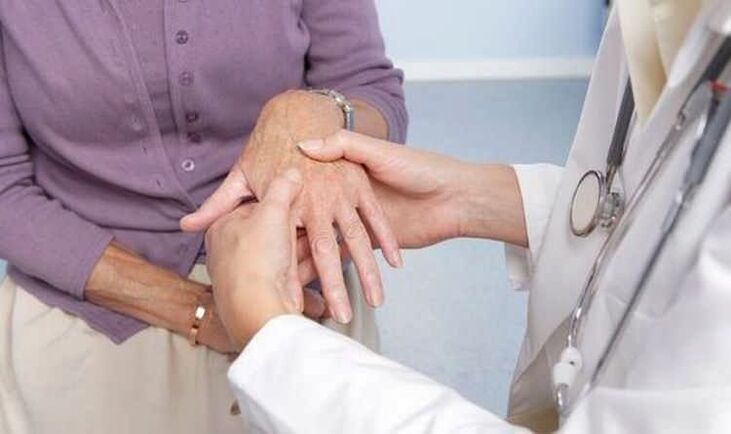
If the joints are not painful, it is possible to say continuously and over time (the month of suffering) altering its shape, while the legs, arms or back gradually become limited to the amount of movement, and from the month to the month we can say worse and worse. . . It's more likely to arthrosis of the joints (WWI). Most young people have arthritis, in a slight less than two percent of the entire population of the planet. Arthrosis is a more common disease that covers about ten percent of all humans. In this regard, young people are rare arthrosis, and the problem is an increase in older generations. After crossing the 50 threshold, about 30% has various forms of arthrosis. This or another deformation at the age of 70 occurs in almost 50% of cases. It is important to note that the effect of arthrosis is extensive to the joints, and is not transferred to the tissues, bones or other organs. With arthritis, the process of inflammation occurs throughout the body, and the inflamed joints are the most significant manifestations.
























